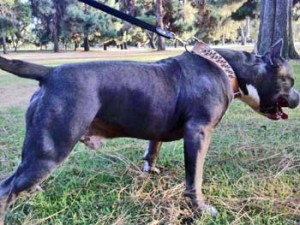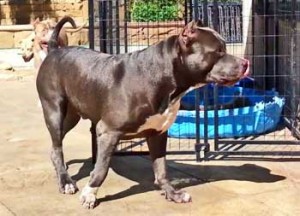FAQ
Why feed Raw?
The goal for feeding your pet a raw diet Is to introduce all-natural foods in order to replicate and mimic what wolves, the domestic dog’s ancestor, naturally eat in the wild. Obtain the freshest, most organic raw meats and organs available to create a base for your pets’ daily diet. No other diet can compare to the results and benefits a raw diet delivers. Why not give your dog a healthier and longer life?
What are the benefits of feeding raw?
- Leaner body mass
- Improved Weight Control
- Improved health, energy, and longevity
- Improved oral health
- Improved degenerative disease
- Improved arthritis and mobility
- Improved digestion
- Very little stool
- No breath or body odor
- Increased immunity
- Healthier skin and shinier coat
Notice the higher carbohydrate content putting accumulating unhealthy weight on your pet, which is mostly caused by filler ingredients in kibble. Also notice the dramatic difference of protein and fat levels compared to an ancestral diet. See chart below…

Why not kibble anymore?
Kibble has become the household norm for most pets. It has developed to become so convenient, but think of commercial dog food as “fast food”. Feeding kibble can have negative health impacts over a long period of time. We forget dogs are carnivores, and dogs are descendants over wolves. Wolves in the wild eat a lot of meat. You will find dogs in households suffer from a variety of different issues that a dog in the wild would never suffer from. For example kidney, liver, and pancreas problems. A very common issue is gum disease and tooth decay, as well as skin problems. All of these issues can be closest attributed from a poor diet. A lot of problems can be self cured through a healthy correct diet. Cancer in canines are at a all time high. This is closely attritubted from different preservatives in kibble. The most common chemical preservatives are BHA, BHT, and Ethoxyquin. Propylene glycol which is the poison in antifreeze is used in high amounts of some kibble. Sodium nitrate is used to color the kibble. All of these chemicals/ingredients have been found in researched related cancer in canines. Many companies advertise added vitamins and minerals, however unless it has been chelated very litte if any is absorbed. The next time you pick up a bag of kibble make sure to closely scan the ingredients.
Should I always rely on Vet’s recommendations?
Veterinarians are in no way bad people, they have dedicated their lives to animal health. However, Veterinarians learn a minimal amount of nutrition in school. Many are not given quality nutritional training in veterinary school. In some studies, half of veterinary schools didnt require nutritional education to graduate. The training in vet schools are commonly sponsored by pet food companies. Much of what they are taught comes directly from pet food campanies, sales reps, articles, kibble related seminars. Most vets are not really aware of what constitutes good nutritional choices. Unless they have self taught themselves and experimented with raw diets on their own they will most likely frown or discourage you from it. Most of you can probably relate vets being advocates for kibble and pushing different companies upon you. Lastly, do your own research, see more into depth about these issues dont always depend on your vet to have all the answers.
What is my serving size?
All of our products are designed to be consumed by all pets. We understand factors such as breed, age, health, metabolism, and activities levels all have an affect on serving size. In addition, we are committed to creating a nutritional plan personally, that fits your pets’ needs. Generally speaking, for average life style puppies, adults, and senior dogs our suggested serving size is 2-3% of their body weight daily. This serving size will keep your pets around the same weight but very lean. For active life style working dogs and show dogs our suggested serving size is 4-5% daily. This serving size will give you extreme results adding thickness, muscle definition, and mass. All of these servings should be divided up daily into two feedings, morning and night.



